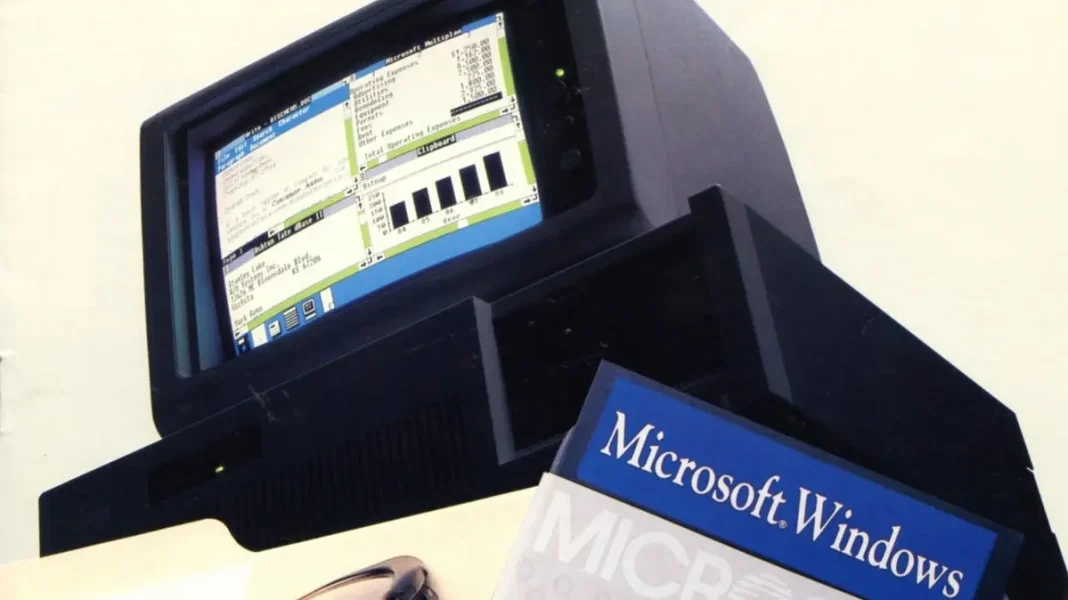On this momentous occasion, we celebrate 40 years of the Windows operating system—an innovation that has transformed computing and become a ubiquitous part of daily life. Join us as we explore the evolution of this groundbreaking platform.
The Birth of Windows

It all started in November 1983 when Microsoft first announced Windows, an extension to its existing MS-DOS operating system. The vision was to create a more user-friendly interface, featuring graphical windows that allowed users to multitask more efficiently. Windows 1.0 eventually launched two years later, offering a new way to interact with the computer, moving away from text-based commands to a more visual point-and-click approach.
This early version included programs that remain staples today, such as Paint and Notepad. While it was not an immediate commercial success and faced lukewarm reception, it laid the foundation for what would become a pivotal chapter in personal computing.
Revolutionizing Personal Computing

With the advent of Windows 3.0 in 1990, Microsoft struck gold. This version introduced enhanced graphics and improved memory management, making it a massive commercial success. It was during this period that Windows started to capture the imagination and market share, solidifying its place as a dominant force in personal computing.
By the mid-90s, Windows 95 changed the landscape entirely. This version introduced groundbreaking elements such as the Start Menu, taskbar, and minimize/maximize options, creating a blueprint that remains influential. With Windows 95, Microsoft not only modernized the operating system but also made it more accessible to the average user.
Windows in the New Millennium

In the following years, Windows XP was released, further cementing the company’s dominance. Known for its stability and user-friendly interface, XP became one of the best-selling versions of Windows ever. Its enduring popularity was a testament to its design and reliability, traits that kept users loyal even as newer versions arrived.
However, not every iteration was a triumph. Versions such as Windows Vista faced criticism for performance issues and a steep learning curve. Yet, Windows continued to evolve, learning from past missteps to offer better versions like Windows 7 and Windows 10, each improving upon the last and adapting to an ever-changing digital landscape.
The Global Impact of Windows

Over the decades, Windows has not only transformed how individuals interact with computers but has also had a profound impact on businesses, education, and technology worldwide. The operating system broke down technological barriers and allowed for seamless communication and productivity enhancements across diverse sectors.
In terms of global reach, Windows has unified millions of devices from various manufacturers under a single ecosystem. This standardization has fostered innovation and collaboration, driving technological advances that benefit people and organizations globally. As we celebrate 40 years of Windows, its status as a linchpin of modern computing remains undisputed.
Looking to the Future

As we look ahead, Microsoft continues to push the boundaries with Windows, incorporating new technologies such as artificial intelligence, augmented reality, and cloud computing. The future holds endless possibilities for the platform, promising even more seamless integration into our daily lives and work environments.
The journey of Windows is a testament to the spirit of innovation and adaptability. As it celebrates four decades, Windows remains committed to empowering users with cutting-edge technology that meets the demands of a rapidly evolving world.
Source: Official Microsoft website.





